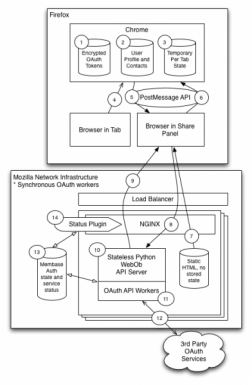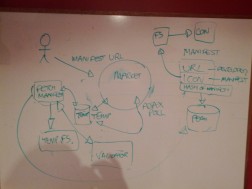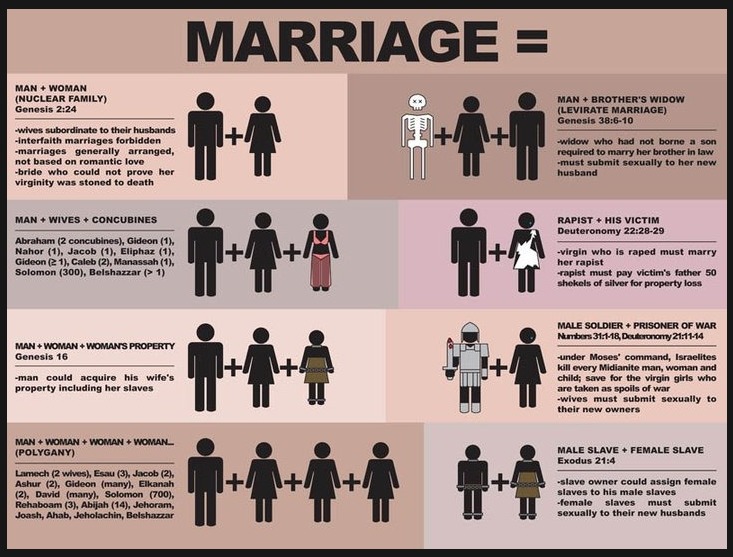Note: I will never endorse a product or promote a product or service unless I have used it, or believe that it is a product worth trying. When I decided to try sensory deprivation, several of my friends and family wanted to know more about it, so I decided to write this blog post rather than tell the same story repeatedly.
About two weeks ago my brother in law called and told us about a new place that opened in Gas Town called the Float House. After discussing it briefly, I decided to give it a try even though I suffer from claustrophobia. This morning I spent approximately 80 minutes in the “float tank”, which is a much more friendly sounding name than “sensory deprivation tank” or “isolation tank”.
The process was pretty straightforward; after missing my first appointment due to a surprise meeting, I showed up this morning at 7:45 for my appointment. On arrival I signed the typical “if something goes horribly wrong, we weren’t responsible” waiver (this is not unusual, if you have visited any treatment place, such as chiropractic, massage, or physiotherapy, they get you to sign similar forms). You are strongly encouraged to use the rest-room, then take a shower at a neutral temperature to clean yourself before entering the tank. Entering the tank was super simple, and there is no clasp or lock on the door (to be honest, if there was, I may not have been able to get in). I didn’t get the dimensions of the tank, but I expect that it is approximately 8 feet in length, and 3-4 feet in height as I could stretch my arms or my legs lying down, but not both, and I could sit up comfortably in the tank.
Entering the tank was interesting because with one foot in the water, it felt as natural as stepping into a pool or bath, but after the second foot was in, I could immediately sense the buoyancy provided by the saltwater. After spending a couple of moments getting used to the fact that I was lying in the tank, I closed the door. It was completely dark in the chamber, but I could hear more than I expected, with the combination of the ear plugs, and being in a closed space, inside of a much larger facility. I waited a few minutes to make sure I was actually hearing sounds and that they weren’t ‘ghost’ sounds that my mind was filling in because of the lack of noise, then lay down in the water again. It took me a couple of minutes to get comfortable with the buoyancy, but I can’t clearly speak to how long because my sense of time was completely gone fairly quickly. It was really interesting to experiment with how I could move in the water in a different way, for example, stretching out the way I do in bed, or actually relaxing my neck and allowing the surface of the water to form a pillow around my head.
There was another thing I noticed fairly quickly too. Despite living in an area of the world best describe as a temperate rain forest that gets it’s share of rain, and everyone else share as well, I am constantly dry and dehydrated. As a result, my skin is frequently dry to the point of cracking, especially on my hands(I haven’t been diagnosed with any issues, and it is not irritating enough to invest significant time or effort beyond skin lotion). Seconds after entering the water I felt a slight sting in every scrape, scratch and crack in my skin (there are a few as I have been doing yard work and other stuff). It didn’t hurt, but it was definitely noticeable. It subsided after a few minutes, and was overall, probably better for my skin.
I was alone with my thoughts and feelings and eventually my awareness of my senses was altered as well. As with any environment, my senses began to adjust; I was able to focus on the sounds and feelings my body makes, including a regular clicking in my foot when it moved. I never noticed it before, but it became cringe-worthy after hearing it a few times. I made a mental note to get things in my foot checked out, and then tried to avoid moving my foot to prevent the distraction.
Some time into it, my leg muscle started spasming, which had the side effect of making me drift. The staff member helping me had explained that drifting can turn into a game of ping pong as you drift and deflect off of walls. So I did that for a few minutes, and was completely surprised a couple of times because I had the sensation of moving in one direction and would be drifting the opposite way. When that got boring I stabilized my self and settled for awhile.
After about 80 minutes I realized that I was finished, largely due to an overwhelming need to go to the washroom (listening to water has that effect on me :P). I climbed out, and against the advice of the tech, got some salt water in my eyes. In the Caribbean ocean the salt water feels pretty good. In an isolation tank, not so much. No harm done, but the stinging took about a minute to subside.
Fast forward 9 hours to when I am writing this post, and I feel like I have had a hard massage, and feel quite drained on top of it. Despite having a good shower after the fact, I had a nice coating of salt (I assume stuff that was absorbed into the pores). Overall, the experience was very good, and left me feeling extremely relaxed.
Since having done the float, I have had the chance to read up some more on the proposed health benefits of this activity, but I will leave others to do their own research. I will definitely try it again a couple of more times before I make decision on whether or not I think it is worth adding to the list of activities (or inactivities) that I partake in as part of de-stressing.
TLDR: went into an isolation tank, would do it again!
A note on fear and confrontation: I have a few phobias, none of which are crippling. Most are an annoyance, but I have tackled each one in turn, heights, crowds, spiders (I might be the only appsec person who hates spiders :P). Claustrophobia is a bad one for me. I won’t go into the reasons why, but I don’t like being in closed spaces, and even meeting rooms, or being in a room where there is a person blocking the exit is very disconcerting. Performing this activity is part of my ongoing effort to challenge myself to overcome fears and understand why I fear. I don’t recommend this as a regular course of activity for anyone who suffers from claustrophobia because this helped me understand that my fear of being confined has less to do with the space and more to do with feeling trapped or contained.




